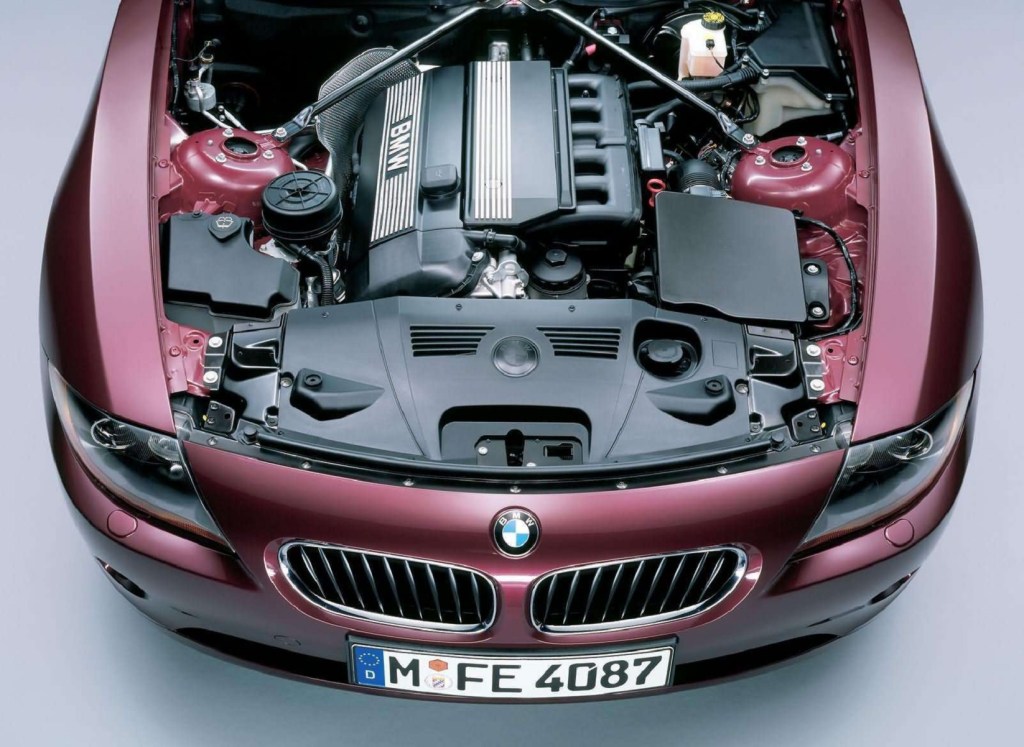Discovering the Development of Burning Engines in Modern Transportation Equipments
As we browse the landscape of contemporary transportation, the advancement of combustion engines stands as a testimony to human ingenuity and engineering prowess. The interplay of history, modern technology, and ecological worries in shaping the trajectory of burning engines produces a narrative that is both insightful and engaging.
Early Beginnings of Combustion Engines
Exactly how did the principle of combustion engines very first arise in the early phases of transport development? The roots of combustion engines can be traced back to the 17th century when the principles of internal burning were first checked out.
The breakthrough moment included the invention of the very first effective gasoline-powered engine by Karl Benz in 1885 - bmw engine. This engine led the way for the advancement of the modern-day automobile, reinventing transport systems worldwide. Succeeding developments by Nikolaus Otto and Gottlieb Daimler additionally improved combustion engine technology, causing the automation of automobiles and the fast growth of the transport sector
These early combustion engines were defined by their simplicity and efficiency, laying the foundation for the complex and powerful engines used in modern-day transport systems. The advancement of burning engines has actually contributed in forming the method we travel and transfer goods, marking a substantial landmark in the background of transportation development.
Transition to Internal Burning Innovation
The transition to internal burning innovation marked a critical change in the advancement of transportation systems. This shift started in the late 19th century, with innovators like Nikolaus Otto and Gottlieb Daimler establishing the first successful inner combustion engines. These engines revolutionized transport by using a more powerful and reliable option to steam engines and electrical motors.
One of the key benefits of internal burning engines was their capability to be scaled down to fit into automobiles, resulting in the development of bikes and cars. This shift from cumbersome, stationary engines to compact, mobile ones led the way for the modern transport systems we see today.
The shift to inner burning innovation additionally stimulated advancements in gas technology, causing the development of fuel and diesel as key fuel resources for vehicles. This shift not just made transportation a lot more accessible to the masses however additionally laid the foundation for the oil and gas sector to become important to international economic climates.
Impact of Combustion Engines on Transport
The fostering of combustion engines in transportation systems militarized an extensive shift in the effectiveness and rate of global movement. Burning engines changed transportation by supplying a dependable and flexible source of power for different lorries, consisting of vehicles, aircrafts, trucks, and ships. This development dramatically boosted the capacity for goods and people to move over long distances in much shorter period, bring about raised connectivity between areas and countries.
Moreover, the look here prevalent usage of burning engines has actually had a substantial effect on financial growth. The capacity to move items successfully has actually stimulated trade and commerce, allowing businesses to increase their markets and get to customers worldwide. This has helped with economic development and globalization, as items can now be carried quicker and in larger amounts than ever in the past.
Nevertheless, the environmental impact of burning engines can not be ignored. The combustion of fossil fuels has actually caused air pollution and greenhouse gas emissions, adding to environment change and posing wellness dangers to populations. bmw engine. As an outcome, there is a growing emphasis on establishing alternative propulsion modern technologies to alleviate these negative results and produce a more lasting future for transportation
Innovations in Burning Engine Design
One remarkable technology is the growth of turbocharged engines, which use exhaust gases to drive a turbine that compresses incoming redirected here air, allowing for even more gas to be burned, resulting in raised power output without a significant increase in engine size. Variable shutoff timing systems have actually additionally changed engine layout by maximizing air movement at various engine speeds, enhancing both power and efficiency. These innovations jointly add to the constant enhancement of combustion engines in modern transport systems.
Future Patterns in Burning Engine Development
With technology improvements driving continual development, the future of burning engine development is positioned to change transportation systems around the see world. One of the key patterns in burning engine development is the push in the direction of greater effectiveness and lowered emissions.
One more noticeable trend is the adoption of crossbreed modern technologies in combustion engines. Hybrid engines integrate typical combustion innovation with electrical power, supplying improved fuel effectiveness and reduced exhausts. As the automotive market changes in the direction of electrification, crossbreed combustion engines are seen as a transitional service that connects the void in between standard vehicles and fully electric ones.
Additionally, the assimilation of clever technologies, such as synthetic intelligence and data analytics, is expected to play a significant function in the future of combustion engine advancement. These innovations can enhance engine efficiency in real-time, causing a lot more reliable burning processes and enhanced total lorry efficiency. Welcoming these future fads will certainly not just drive technology in burning engine advancement however likewise contribute to a more eco pleasant and lasting transport environment.

Final Thought
In conclusion, the advancement of burning engines in contemporary transportation systems has been noted by considerable improvements in innovation and design. From the early starts of burning engines to the shift to internal burning modern technology, these engines have had a profound influence on transport.
The origins of burning engines can be traced back to the 17th century when the concepts of interior combustion were initial checked out. These engines transformed transportation by offering an extra effective and reliable alternative to vapor engines and electric motors.
